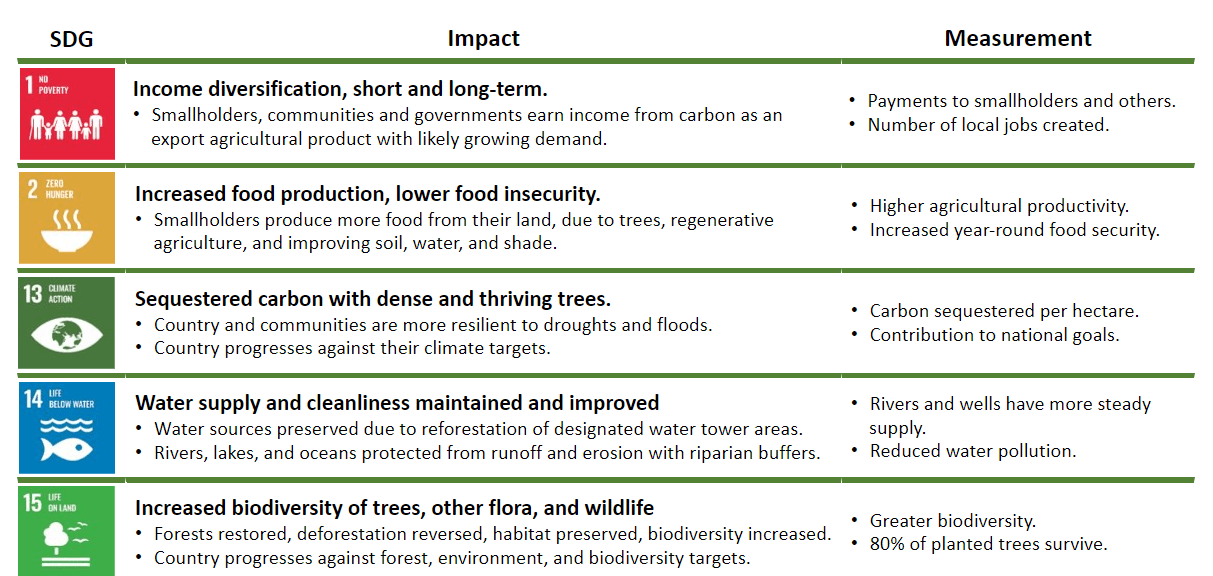Spades Focuses on Achieving Goals over Secondary Outcomes for Success
The benefits of sustainable development are not fringe benefits. The environment and communities are not only beneficiaries of projects but also crucial to their development, progress, and maintenance. This balance is natural when both parties benefit and contribute.
As companies become more aware of the importance of ESG, it is becoming a core strategy rather than a separate initiative. The evidence shows that companies with an effective environmental, social, and governance strategy are more likely to succeed over the long term. There are, however, some companies that view ESG, socially responsible investing (SRI), and triple bottom lines as extras. We believe that creating a sustainable business is an integral part of the business model. It is essential to the success of any company to invest in it. At Spades, a public benefit corporation, our values, mission statement, and bylaws reflect this way of conducting business.
Accounting should also incorporate sustainability, with assessing, counting, and reporting an integral part of the business. SDGs offer a comprehensive and widely accepted method for measuring sustainability. Our reporting methodologies align with these goals.
Impact Measured with UN Sustainable Development Goals

Our Primary SDG Indicators

Ensure that men and women, in particular the poor and the vulnerable, have equal rights to economic resources, with control over land and financial services, including microfinance.

Ensure sustainable food production systems and implement resilient agricultural practices that increase productivity, help maintain ecosystems, strengthen capacity for adaptation to climate change, extreme weather, and improve land and soil quality.

Address the needs of developing countries in the context of meaningful climate change mitigation actions and transparency on implementation.

Prevent and significantly reduce water pollution of all kinds, particularly from land-based activities, including marine debris and nutrient pollution.

Mobilize resources from all sources to finance sustainable forest management and provide adequate incentives to developing countries to advance sustainable forest management, including for conservation and reforestation.
Tip: Build sustainability strategies using a comprehensive ESG framework. ESG performance enhancements can positively affect operational, commercial, reputational, relationship, and other risks and opportunities.

